The Ultimate Guide to Cannabis Equipment Maintenance
In the world of cannabis cultivation, your equipment is your best friend. Keeping it in pristine condition isn't just about prolonging its lifespan;...
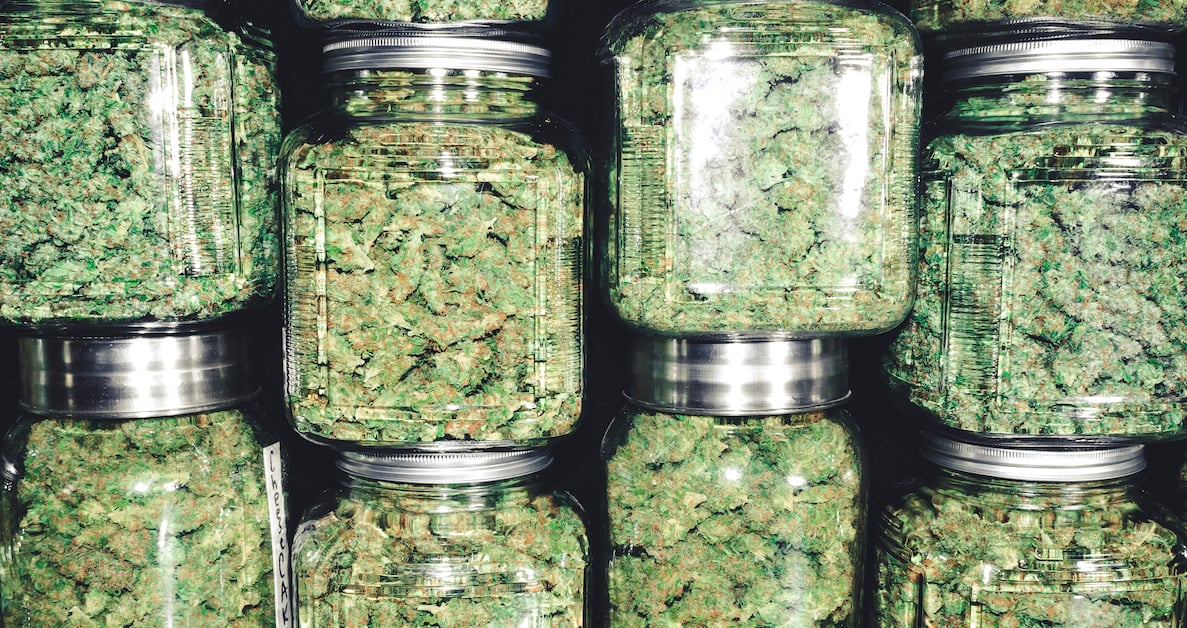
Putting high-quality products on the shelves in today’s competitive market can be a challenge, but with the right information and cannabis equipment, your business can thrive. Businesses who have a deep and comprehensive understanding of how to optimize their cannabis processing facility are not only able to stay competitive in the current market; they are also primed to act as leaders in the future of global cannabis.
Setting up a cannabis processing facility can be daunting. Large scale cannabis companies must purchase equipment for everything from the drying to packaging stages of preparation for sale. Many successful businesses produce multiple cannabis products, such as prerolls, extracted solutions, and buds. At each stage of the post-harvest process, businesses must make strategic decisions about the best systems for their product needs. These choices can make a big difference in both the quality of your final product and the efficiency of your operations. There are batch dryers and continuous flow dryers, wet trimmers and dry trimmers, commercial grinders, large-scale sorting machines, humidity control systems, and so much more involved in cannabis processing.
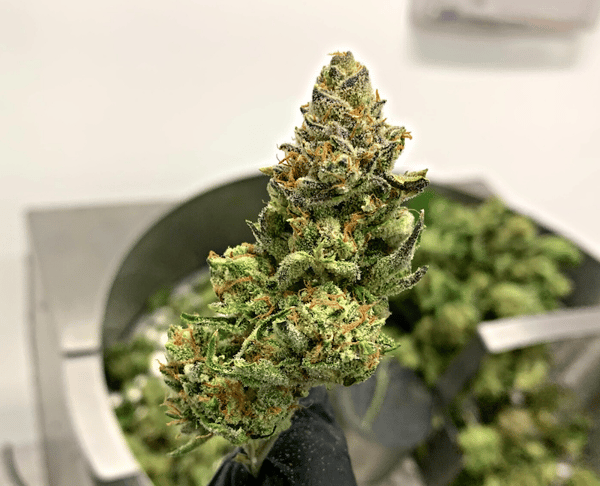
When cannabis is ready for harvest, growers will cut the plants and bring them to a processing facility, where it is dried, cured, sorted, and sometimes further processed for extraction or ground up for prerolls. There are a series of integral steps to producing a high quality final product that take place after plants are harvested. Cannabis processing refers to all steps involved in the post-harvest process; which includes everything from drying to packaging.
The best cannabis and hemp businesses pay meticulous attention to the various actions involved in the post-harvest process. Throughout processing, the molecular makeup of the buds is altered, which influences aroma, potency, and flavor of final products. Before purchasing equipment and committing to any system, you need to know how is marijuana processed.
After cannabis is harvested, the moisture on the outside of the buds is removed in the drying process. In some cases, businesses skip the drying process and immediately trim the buds from their branches. Many experienced entrepreneurs advise against skipping this step because drying cannabis helps preserve valuable trichomes.
There are several ways to dry cannabis; hang drying whole plants or individual branches, wet-bucking the buds off the plants to dry them on screens, and laying branches on drying racks. There are benefits and pitfalls to each method. Hang-drying whole plants is a labor-intensive practice that requires a lot of space and time, but it allows buds more space when drying. Wet-bucking often requires smaller drying rooms and speeds up the dry time for each harvest. However, if buds are too crowded on the drying screen, they may become contaminated.
Automated drying systems are an option many large scale businesses use to produce consistent results and limit room for human error. Environmental control is extremely important to a successful drying period, which lasts anywhere from one to four weeks depending upon the mass and profile of the cultivar. The drying rooms must have controlled temperatures, humidity levels, light exposure, and airflow. Mechanized drying, using a continuous flow dryer or batch dryers in industrial chambers, allow for the removal of many uncertainties, like the risk of mold growth and overdrying fresh flower.
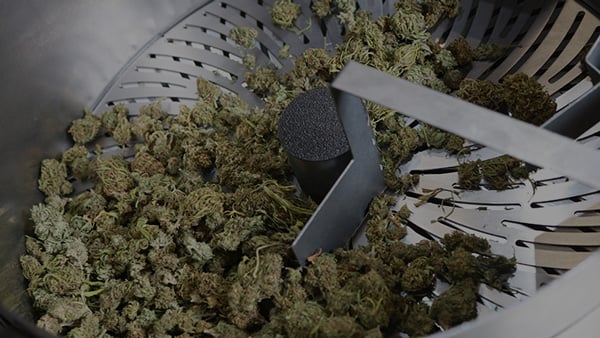
The trimming process occurs either directly after harvest, which is known as wet trimming, or after the drying process, which is known as dry trimming. Some commercial trimming machines can process both wet and dried flower, but trimming dry cannabis is generally considered the gold standard among today’s cannabis entrepreneurs. Modern dry trimmers like the GreenBroz Model M mimic the gentle touch of a human hand and can replace the labor of a room full of workers.
If you choose a trimming system with customizable automated settings you can standardize your trimming practices for multi-state operations. This is especially important for businesses that process cannabis for more than one purpose. Choosing a dry trimming system that sorts your buds by size makes it much easier to collect consistent buds for sale. Some sorting systems also collect and separate kief, which is ideal for prerolls and extraction processes.
Curing cannabis is unfortunately a frequently overlooked step in the post-harvest process. In fact, a proper cure is essential to a high quality final product. Just like the drying process, the curing process is sensitive to temperature, humidity, light, and airflow. During this stage the buds continue to develop in molecular makeup, altering the CBN and THC levels in the flower. The buds should be placed in air-tight containers that are filled to around 75 percent capacity. Some special containers filter out light to protect the buds. Throughout the first and second week of curing, containers should be opened briefly once per day to breathe. Commercial scale curing often requires automated systems that “burp” the bud systematically so each container does not require manual opening. Even with automated systems, it is often wise not to rush the curing stage, which can take up to five weeks.
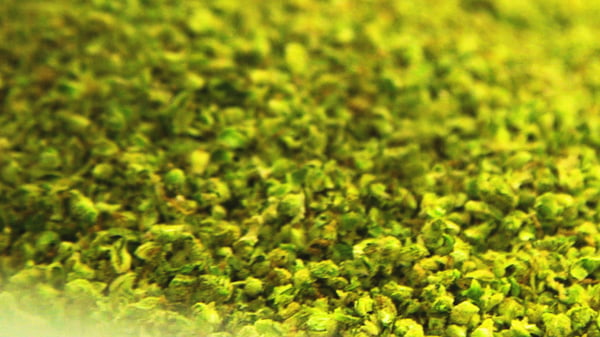
After the curing process is complete, buds are ready to be packaged for sale or ground up for use in other cannabis products. In response to the increasing popularity of prerolls, extraction, and edibles, the cannabis industry is grinding more flower than ever before. Choosing the best grinder for pre-rolls is a consideration growing businesses take very seriously. The Model G Precision Grinder and Destemmer not only enables adjustable and consistent grind sizes, it also prevents stems from sneaking into prerolls and puncturing the paper. To get the most out of trimming byproducts, kief, and ground flower, investing in a dry sift extractor and a rosin press is another smart option for many cannabis companies.
After carefully drying, trimming, and curing flower, smart businesses are just as intentional and scrupulous about the packaging process. Much like the rest of cannabis processing, automation is a key strategy for large scale businesses. Even a small packing machine can more than double the production of one person in a single day. Packaging machines are also accurate, reliable, efficient, and essential for long-term storage. Consumers can tell when a product is poorly packaged or improperly sealed. With an automated packaging system, the vacuum seal is sure to be secure.
Never miss a blog posting or exclusive shop deal!
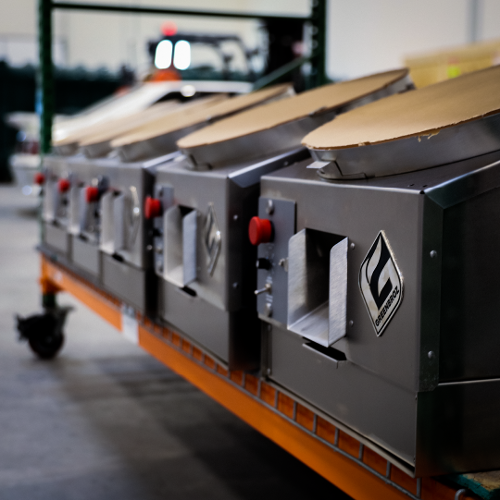
In the world of cannabis cultivation, your equipment is your best friend. Keeping it in pristine condition isn't just about prolonging its lifespan;...

In Humboldt County's green expanses, Jonah Carrington is changing the cannabis game with the GreenBroz Model G Precision Grinder. From his Santa...

Cannabis has come a long way, from black market only to decriminalization, and being legalized in one form or another is just about every state. The...